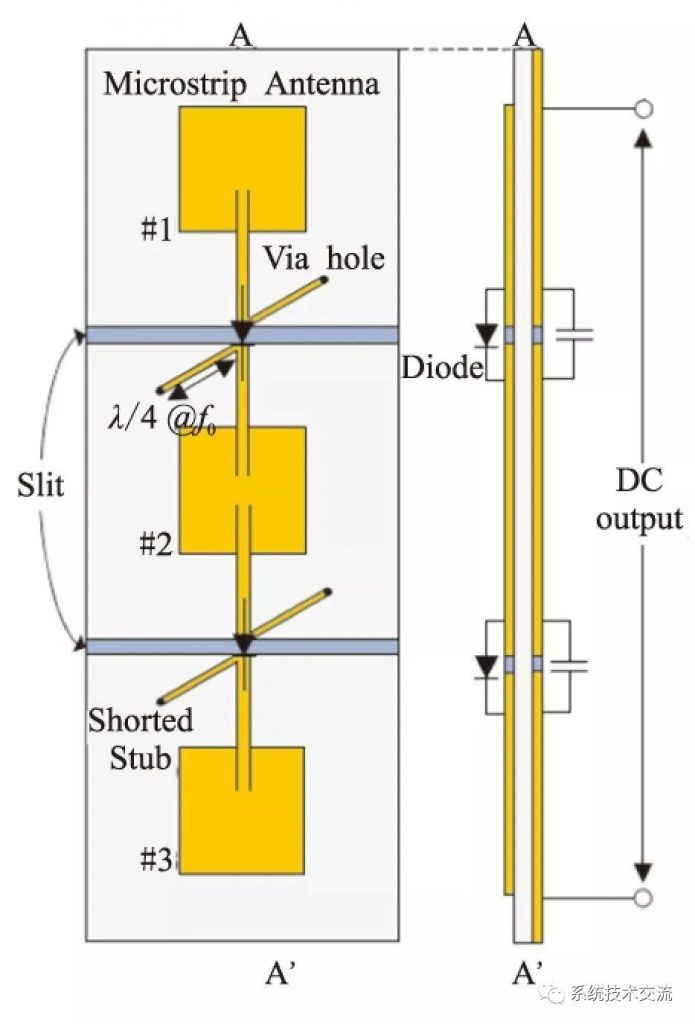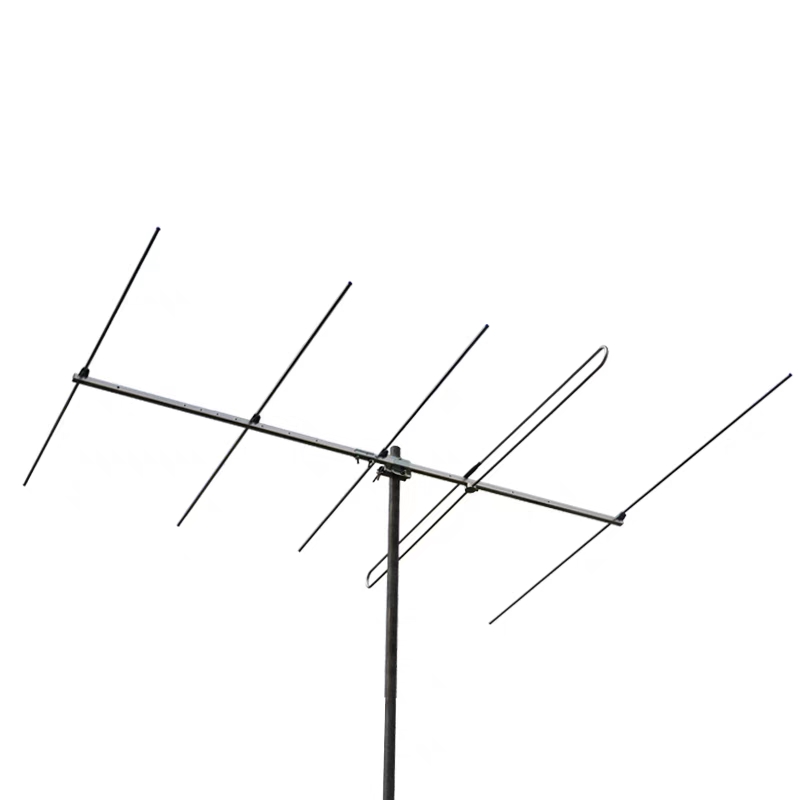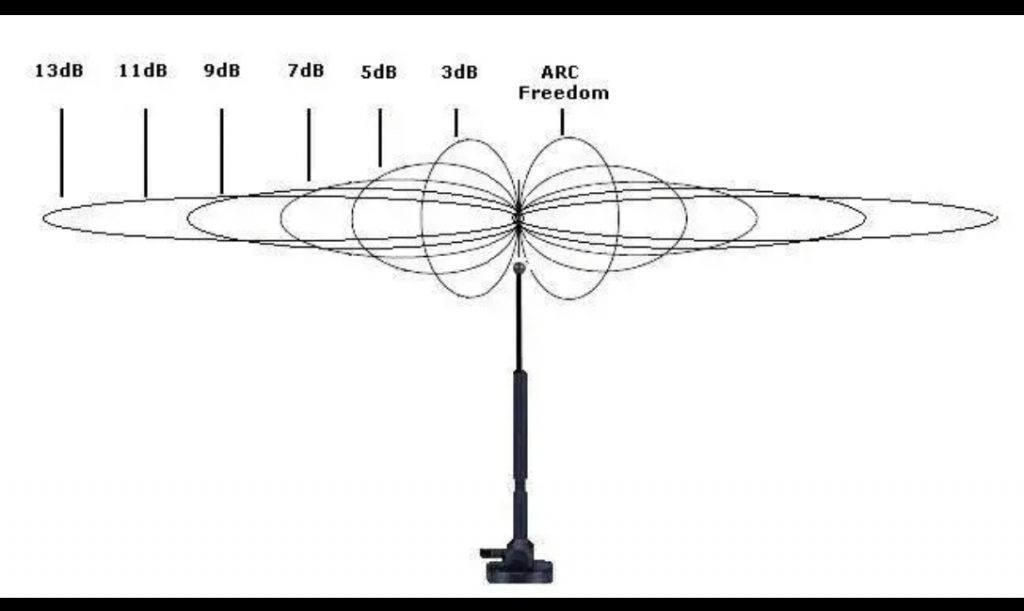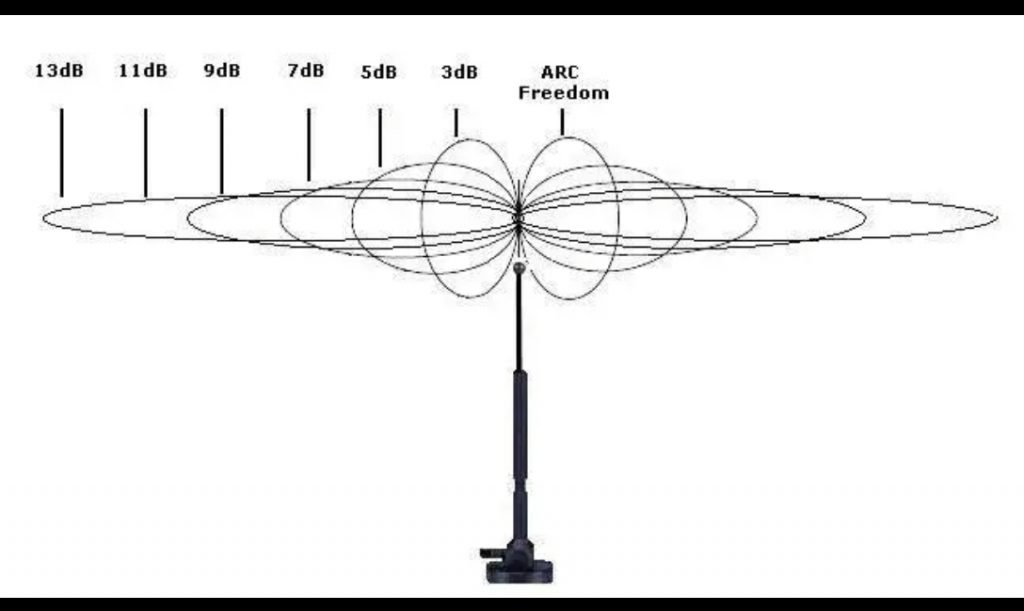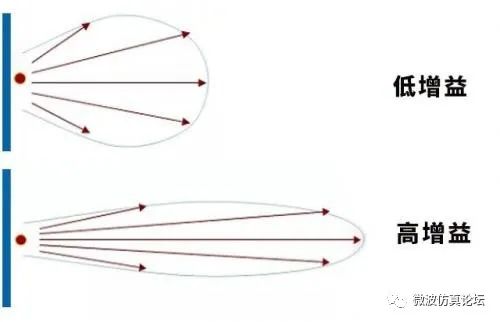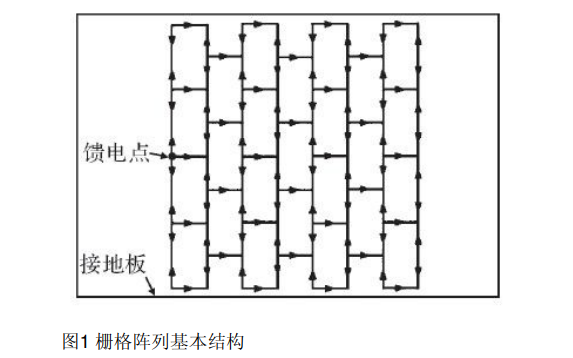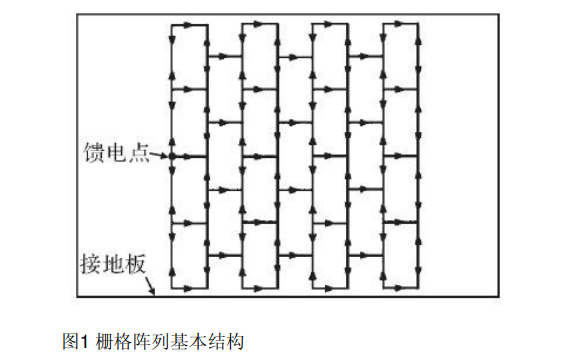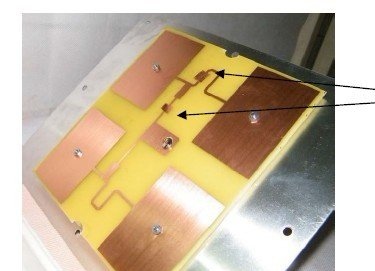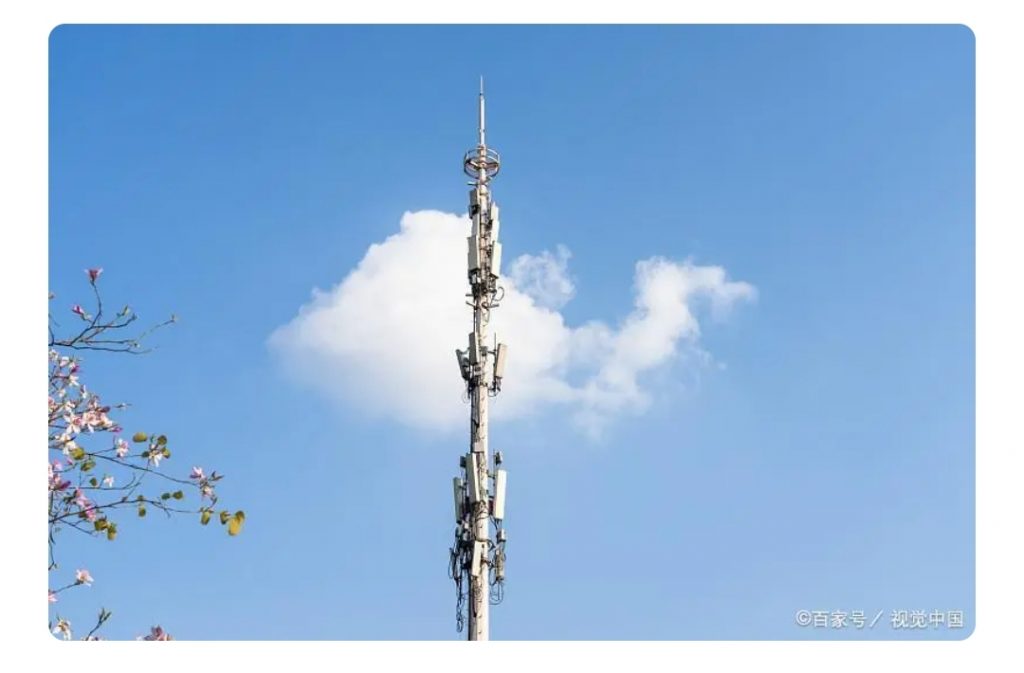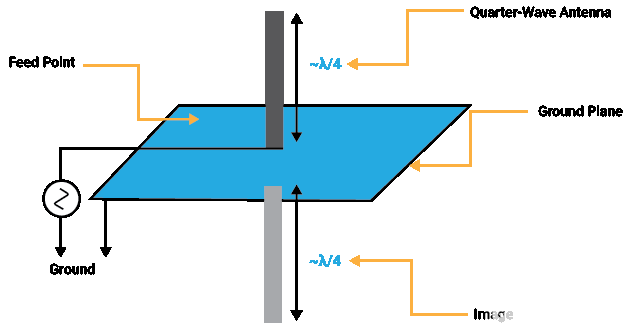Describe
One, problem description
At present, the three major operators are building 4G networks on a large scale. The frequency of LTE is relatively high, and the penetration is much worse than that of 3G networks. It is difficult to meet the deep coverage of residential areas, which will definitely require the construction of a large number of 4G sites. However, under the influence of information resources, contemporary owners have more and more resistance to communication equipment, especially antennas, which has brought great obstacles to the construction of 4G sites. In this context, on the premise of ensuring network coverage and quality, the specifications of antennas used in 4G site construction and the concealment achieved after installation are particularly important.
Therefore, the scene coverage verification of the conventional antenna ODV-065R18K used in Comba’s existing network and the newly launched small-size antenna ODV-065R15C is carried out, and the best coverage scenarios of antennas with different specifications and gains are studied by comparing the indicators before and after the test.
Two, the analysis process
*. Comparison of the parameters and performance indicators of the two antennas
Electrical Performance Index
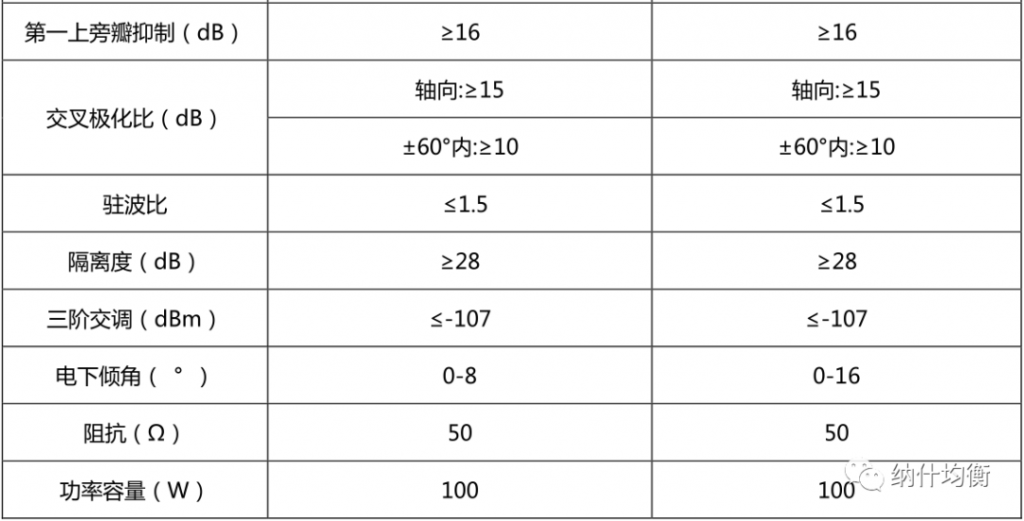
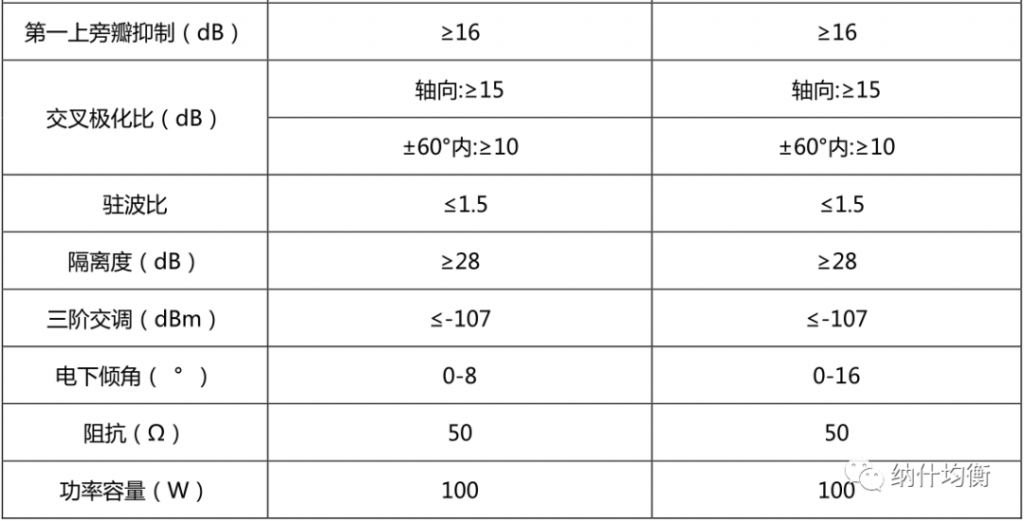
Mechanical properties index

In terms of antenna size, the length of ODV-065R15C is only as long as that of traditional antennas
Horizontal and Vertical Plane Patterns
ODV-065R18K model antenna:

ODV-065R15C model antenna:
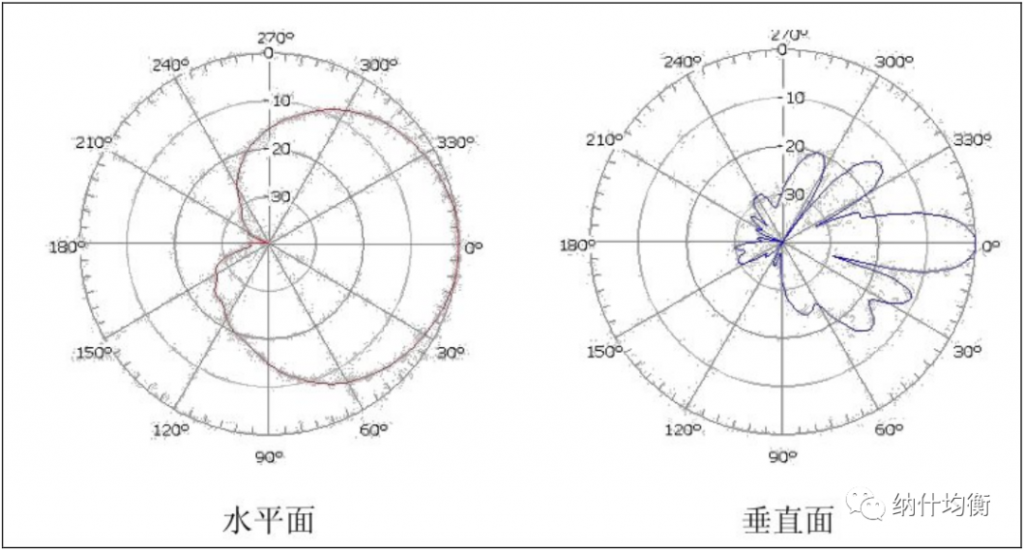
*,Physical picture
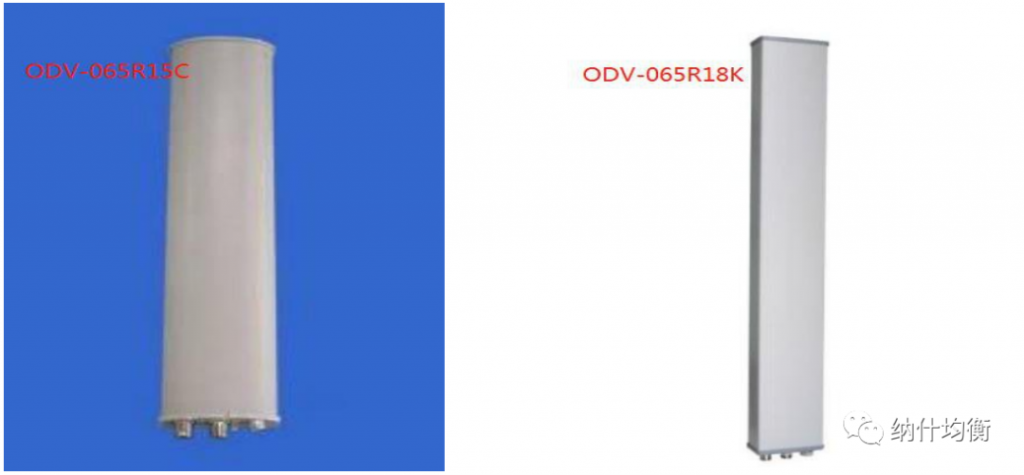
*, antenna gain
The definition of antenna gain: under the condition of equal input power, the power density ratio of the signal generated by the actual antenna and the ideal radiating unit at the same point in space.
The physical meaning of antenna gain: describes the degree to which the antenna radiates the input power, that is, the radiation effect in the maximum radiation direction. As an electromagnetic energy conversion device, the conversion efficiency reflects the performance of the antenna, so the antenna gain is called one of the most important parameters for selecting a base station antenna.
The antenna is usually a passive device, and the concept of its gain is different from that of a general power amplifier. The power amplifier has the function of energy amplification, but the antenna itself does not increase the energy of the radiated signal, it just changes its feed through the combination of antenna elements way to focus energy in a certain direction. Gain is one of the important indicators of the antenna, which indicates the ability of the antenna to concentrate energy in a certain direction.
*, Theoretical predictive analysis
According to the two antenna performance parameters, the theoretical prediction analysis is as follows:
- Although the smaller the antenna, the smaller the gain, which is not conducive to the penetration effect. *The horizontal lobe angle of both antennas is the same, both are 65 degrees, but the vertical lobe angle is inversely proportional to the antenna gain. The smaller the antenna, the larger the vertical lobe angle, and the worse the upper side lobe suppression, which is conducive to covering high-level Buildings, but it is not conducive to control coverage, and there may be cross-area interference when it is used as wide coverage. The smaller the vertical lobe angle of the antenna, the better the directivity, easy to control the coverage, and convenient for later optimization. Three, solutions *, Dense urban scene Test program Select Taixing_Industrial School MO_49 sector, the direction of the antenna is facing the direction of the required coverage scene, and at the same time ensure that the azimuth and downtilt angle are unchanged for two tests, the antenna is hung at a height of 50 meters, the azimuth angle is 0 degrees, and the downtilt angle is 3+9 degrees , to test the sector coverage direction segment. power amplifier Site location and test line Theoretical Coverage Distance Calculation According to the Catherine software, under this parameter, the theoretical coverage distance of this sector is: power amplifier power amplifier Test Results Single PCI indicator: power amplifier In order to compare the coverage of the surrounding roads under the two antennas in more detail, select points 100m, 200m, 300m, 400m, and 500m away from the base station to collect statistics, compare the RSRP values under the installation of the two antennas, and analyze their coverage on the roads . Select the location of the verification point as follows: power amplifier power amplifier The overall index of the road section: Overall RSRP indicator comparison: power amplifier Considering the actual coverage area, the statistical indicators of the same section of Jichuan South Road are selected power amplifier power amplifier Analysis and Summary From the single PCI analysis, it is found that under the premise of a large downtilt in dense urban areas, the antenna with a gain of 14.5db covers farther than the antenna with a gain of 17db. out of bounds, Using this kind of antenna in dense urban areas is likely to cause mod3 interference, overlapping coverage, etc. From the perspective of the overall effect, it is better to use antennas with high gain and low vertical lobe in dense urban areas. *, rural scene Select Taixing_Zhangqiao Chang Lane TO_51 sector, the direction of the antenna is facing the direction of the required coverage scene, and at the same time ensure that the azimuth and downtilt angle are unchanged for two tests, the antenna is hung at a height of 42 meters, the azimuth angle is 240 degrees, and the downtilt angle is 3+ 4 degrees, test the section covering the direction of the sector. power amplifier Site location and test line Theoretical Coverage Distance Calculation According to the Catherine software, under this parameter, the theoretical coverage distance of this sector is: power amplifier Test Results Single PCI indicator: power amplifier From the single PCI diagram in the figure, it can be seen that in the rural scene with the same station height and the same downtilt angle, the coverage of ODV-065R18K antenna is farther and more concentrated, while the coverage of ODV-065R15C antenna is closer. In order to further verify the coverage performance of the two antennas. Some rural villages were selected for indoor CQT testing. power amplifier Fixed-point selection power amplifier power amplifier Analysis and Summary From the single PCI analysis, it is found that the ODV-065R15C small antenna with a gain of 14.5db has a significantly lower coverage distance than conventional antennas under the premise of a small downtilt angle in rural areas. Not occupied by a terminal. However, the coverage of the new small antenna at the near end is wider than that of the conventional antenna, mainly because the gain of the conventional antenna is larger than that of the small antenna, the convergence ability is strong, and the signal is concentrated, resulting in weak coverage on both sides and coverage blind spots. Judging from the effect of the fixed-point test, the gain of the small antenna is small, resulting in weak transmission capability, but because the vertical lobe is large and the coverage is scattered, it can reduce coverage blind spots for large rural villages near the end. Four, experience summary After testing and analysis, it is found that the coverage effect of this new small antenna is not as good as that of conventional antennas in both urban and rural areas. However, because of its small size, the antenna is easy to hide and can be used in scenes that are difficult to install in urban areas or need to be beautified. Optimize the adjustment to prevent mod3 interference or overlapping coverage caused by too far signal coverage. If it needs to be used in rural areas, it can be placed on a base station near a village to cover large self-built residential areas in rural areas.

